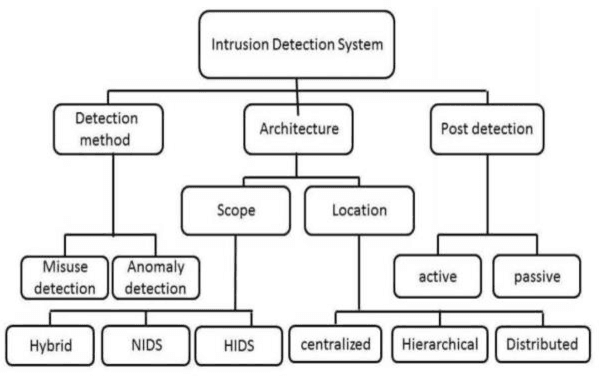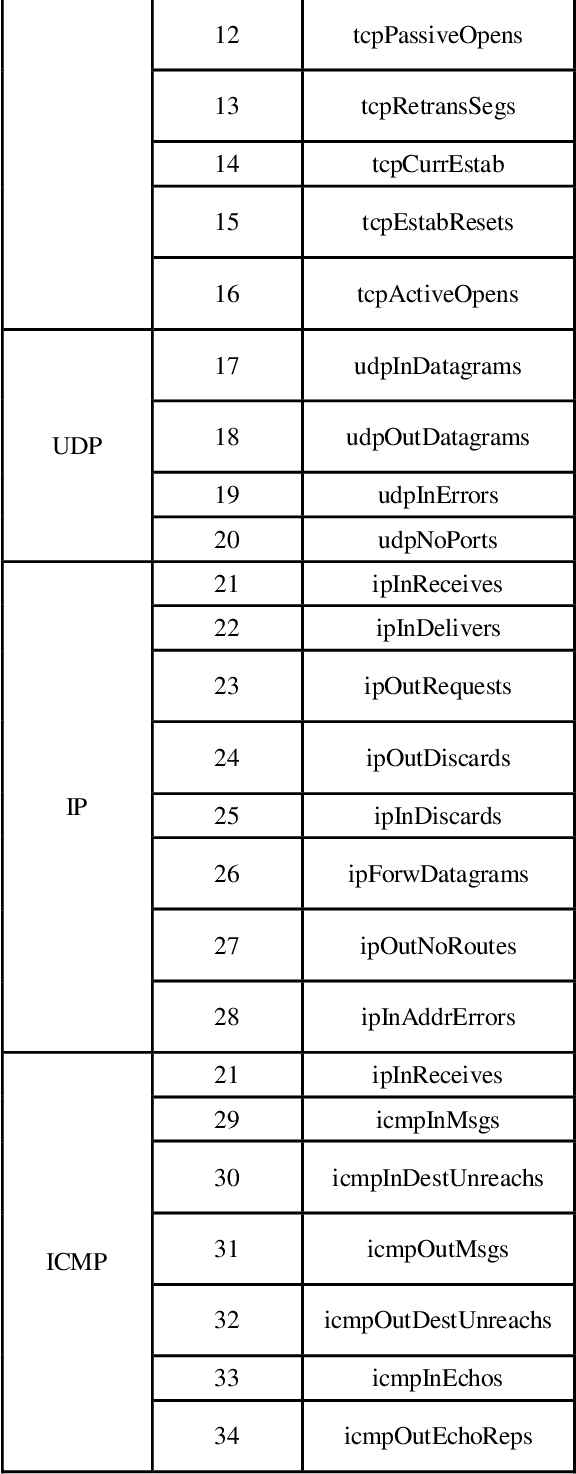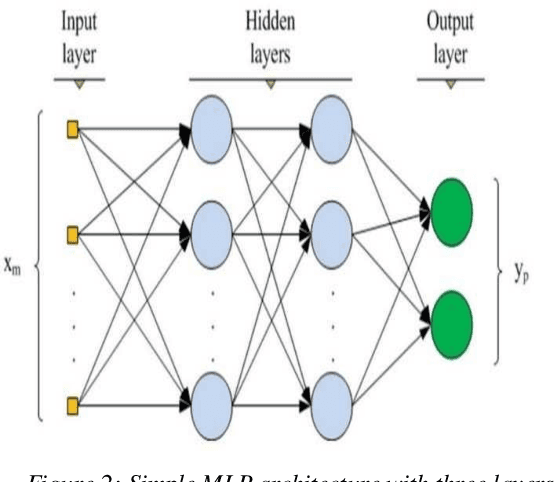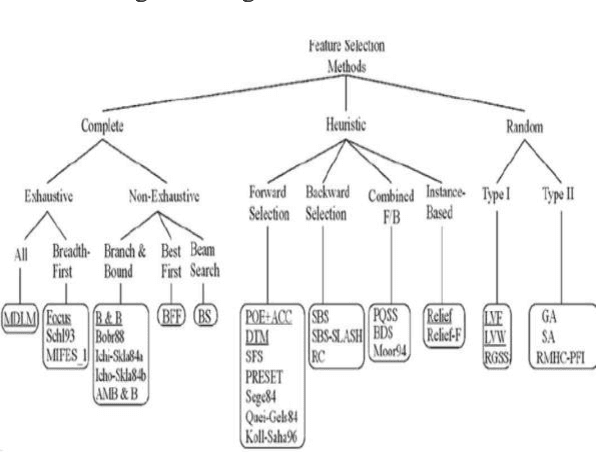An empirical evaluation for the intrusion detection features based on machine learning and feature selection methods
Paper and Code
Dec 27, 2017



Despite the great developments in information technology, particularly the Internet, computer networks, global information exchange, and its positive impact in all areas of daily life, it has also contributed to the development of penetration and intrusion which forms a high risk to the security of information organizations, government agencies, and causes large economic losses. There are many techniques designed for protection such as firewall and intrusion detection systems (IDS). IDS is a set of software and/or hardware techniques used to detect hacker's activities in computer systems. Two types of anomalies are used in IDS to detect intrusive activities different from normal user behavior. Misuse relies on the knowledge base that contains all known attack techniques and intrusion is discovered through research in this knowledge base. Artificial intelligence techniques have been introduced to improve the performance of these systems. The importance of IDS is to identify unauthorized access attempting to compromise confidentiality, integrity or availability of the computer network. This paper investigates the Intrusion Detection (ID) problem using three machine learning algorithms namely, BayesNet algorithm, Multi-Layer Perceptron (MLP), and Support Vector Machine (SVM). The algorithms are applied on a real, Management Information Based (MIB) dataset that is collected from real life environment. To enhance the detection process accuracy, a set of feature selection approaches is used; Infogain (IG), ReleifF (RF), and Genetic Search (GS). Our experiments show that the three feature selection methods have enhanced the classification performance. GS with bayesNet, MLP and SVM give high accuracy rates, more specifically the BayesNet with the GS accuracy rate is 99.9%.
 Add to Chrome
Add to Chrome Add to Firefox
Add to Firefox Add to Edge
Add to Edge